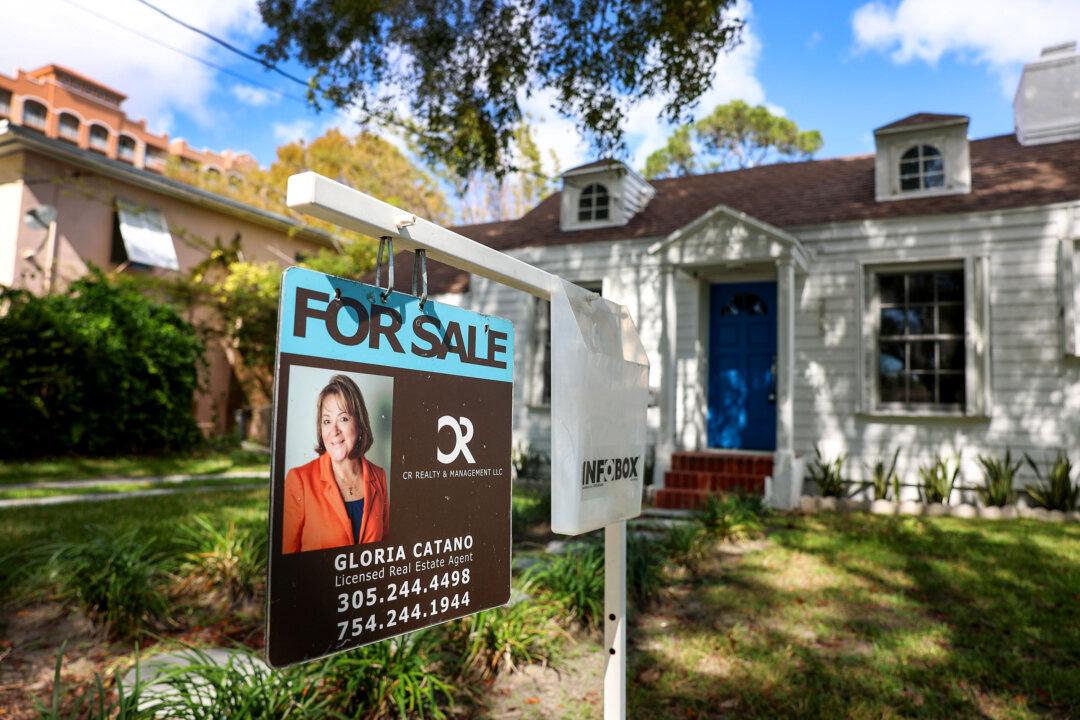Interest rates on 30-year fixed-rate mortgages declined on a weekly basis, with rates expected to remain around the 6.5 percent level for the major part of the year.
“This stability is reassuring, and borrowers have responded with purchase application demand rising to the highest growth rate since late last year.”
Just half a percentage-point reduction in rates cuts down the monthly mortgage payment for a typical borrower by around $120, she said.
“Even though rates are only slightly lower than they were a year ago, buyers do have some leverage heading into the spring market,” Sturtevant said.
“With more inventory on the market, more sellers are dropping their asking prices and are less likely to receive multiple offers. Sellers are also more willing to negotiate with buyers on concessions like cash for repairs or closing cost assistance.”
While mortgage rates are expected to decline through this year, they are likely to remain in the mid-6 percent range for most of 2025, according to Sturtevant.
However, since other buyers are cautious as well, “some house hunters are getting homes for under asking price,” she said.
Deregulation, Ownership Shift
During a testimony before Congress on April 1, Buddy Hughes, chairman of the National Association of Home Builders (NAHB), called for eliminating excessive regulations as a way to ease the housing affordability crisis facing the nation.Speaking before the House Small Business Committee, he highlighted residential construction as one of the most regulated industries in the United States.
“Regulatory costs, which include complying with building codes, zoning issues, permitting roadblocks, and other costly challenges, make up nearly 25 percent of the cost of building a single-family home and more than 40 percent of the cost of a typical apartment,” Hughes said.
“Congress and the Trump administration must look for ways to reform the regulatory rulemaking process while also eliminating excessive or unnecessary regulations so that more Americans can achieve homeownership and have more affordable rental options.”
In the past year, 42 percent of all homebuyers were baby boomers. The share of millennials dropped to 29 percent from 38 percent a year back, while the share of Gen X buyers was steady at 24 percent.
Baby boomers have become the top homebuying generation despite millennials making up the largest chunk of the American population.
“What’s striking is that half of older boomers and two out of five younger boomers are purchasing homes entirely with cash, bypassing financing altogether,” said Jessica Lautz, NAR deputy chief economist.
“Older millennials are buying bigger and newer homes with larger down payments than their younger counterparts,” she added. “This shift reflects the increasing role of equity in enabling repeat purchases, especially among older generations, while younger buyers continue to face affordability challenges.”







